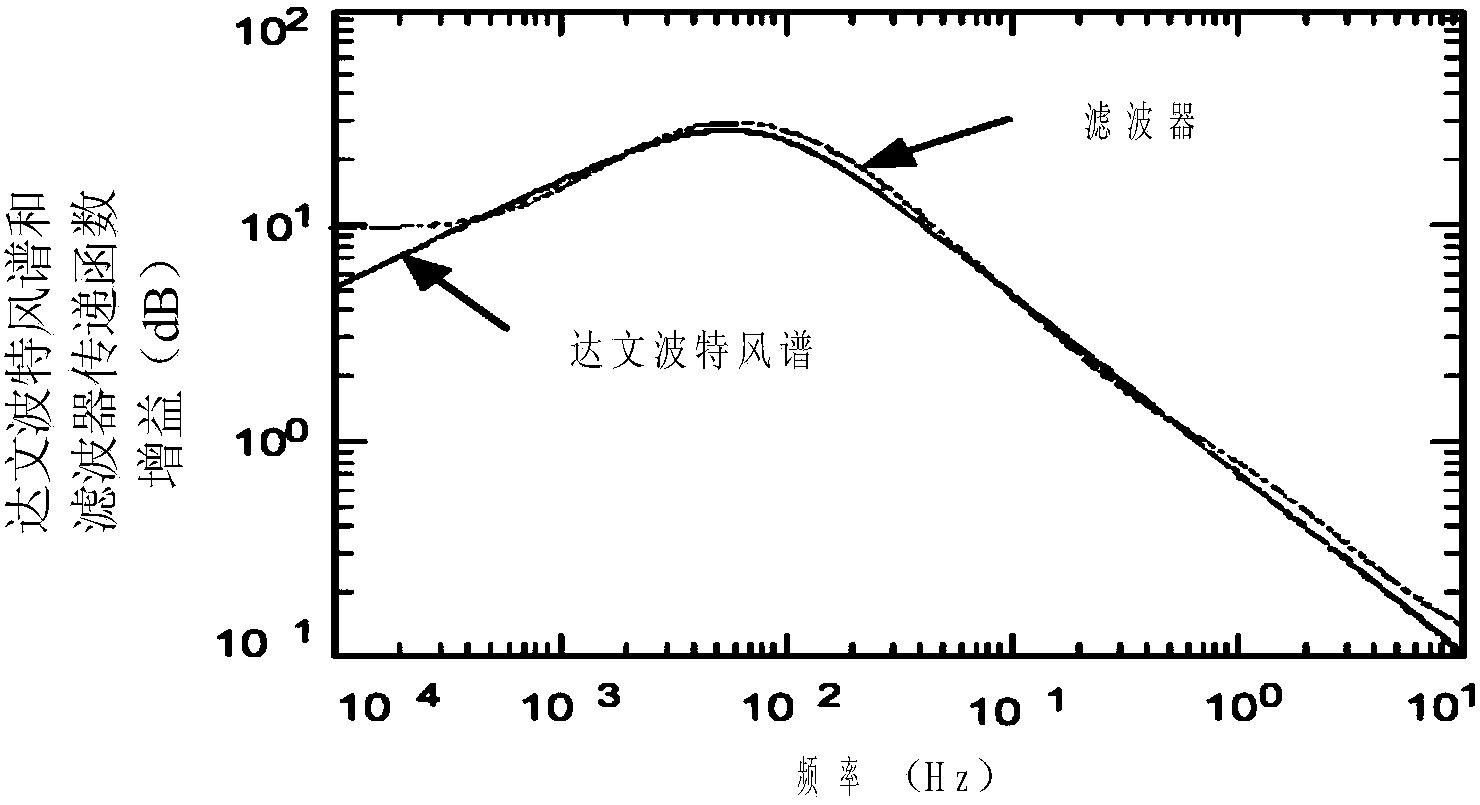Anti-wind self-adaptive compensation method for large antenna
An adaptive compensation and antenna technology, applied in adaptive control, instruments, control/regulation systems, etc., can solve problems such as low efficiency, limited effect, and no consideration of flexible vibration
- Summary
- Abstract
- Description
- Claims
- Application Information
AI Technical Summary
Problems solved by technology
Method used
Image
Examples
Embodiment Construction
[0136] Such as figure 1 As shown, a large-scale antenna anti-wind disturbance adaptive compensation method is characterized in that it includes at least the following steps:
[0137] Step 101: establishing a relatively accurate random wind load model at the antenna position;
[0138] Step 102: Establish a control-oriented model containing antenna flexibility information;
[0139] Step 103: By simulating the built wind model and antenna model, the flexible oscillation information of the antenna is obtained, and the pointing error is calculated;
[0140] Step 104: Predict the pointing error in one step according to the Kalman filter method, and the prediction time is the sum of the inertial time constant of the motor and the inertial time constant of the filter;
[0141] Step 105: designing a low-pass filter, obtaining the transfer function of the antenna model and the motor reducer model, performing reverse calculation on the predicted value, and obtaining the feedforward con...
PUM
 Login to View More
Login to View More Abstract
Description
Claims
Application Information
 Login to View More
Login to View More - R&D
- Intellectual Property
- Life Sciences
- Materials
- Tech Scout
- Unparalleled Data Quality
- Higher Quality Content
- 60% Fewer Hallucinations
Browse by: Latest US Patents, China's latest patents, Technical Efficacy Thesaurus, Application Domain, Technology Topic, Popular Technical Reports.
© 2025 PatSnap. All rights reserved.Legal|Privacy policy|Modern Slavery Act Transparency Statement|Sitemap|About US| Contact US: help@patsnap.com



